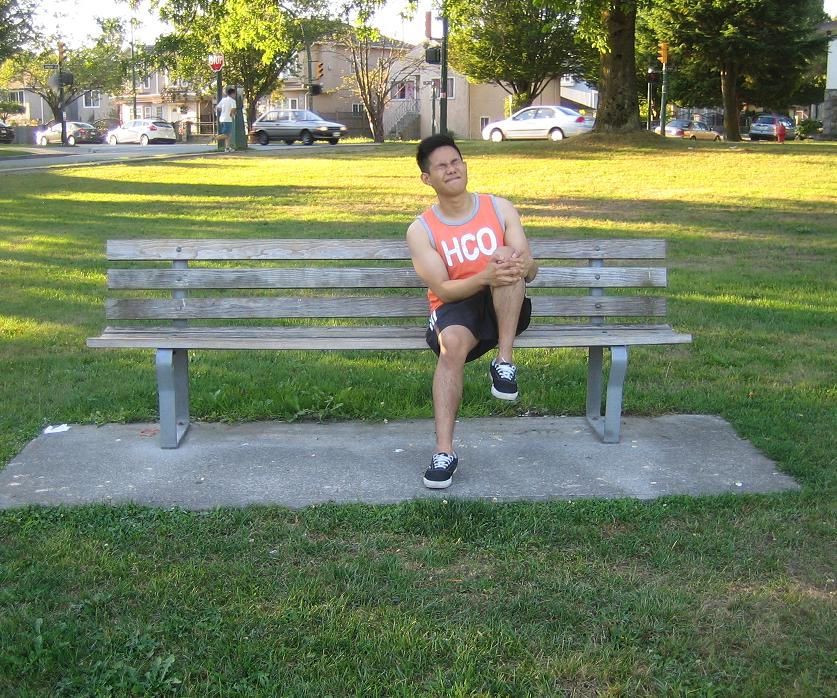A subchondral bone cyst is described as a sac filled with fluid that forms within and extends from the bone of a particular joint. The cyst is usually seen on an X-ray if an individual has osteoarthritis. These cysts are not treated and an indication of osteoarthritis, but they might not be present in all cases.
Osteoarthritis is triggered by the breakdown of cartilage in one or several joints. The cartilage functions as a cushion amidst the bones of the joints, thus enabling the bones to slide over and absorb the shock or strain from physical movements. The condition progresses in stages which is the usual pattern that one will expect to see in a joint affected by the condition.
- Phase 1 – the joint space starts to narrow down and osteophytes form
- Phase 2 – joint space vanishes as the cartilage wears out and bone rubs against bone
- Phase 3 – a subchondral bone cyst forms within and radiates from the bone below the joint space
- Phase 4 – the bone attempts to repair itself and there is bone remodeling
Why a subchondral bone cyst forms?

The formation of a subchondral bone cyst is characteristic of osteoarthritis and routinely found on an X-ray. The cyst is a sac filled with fluid that protrudes from the joint which is comprised of a dense joint material.
It is important to note that the subchondral bone is the bone layer right beneath the cartilage. Once an individual has osteoarthritis, there is increased flow of blood along with other alterations that develop in the subchondral layer such as subchondral sclerosis, subchondral cyst and high pressure inside the bone. All of these can trigger osteoarthritis pain.
What is the role of the cyst?
A subchondral bone cyst simply indicates an early stage of osteoarthritis. In most cases, the cyst eventually improves without medical care although the disease will not go away.
It is important to note that the subchondral bone cyst might have a destructive role in the progression of the disease. Once the cyst intrudes into the subchondral plate and the hardened cartilage, it can lead to further destruction in the cartilage and bone.
Management
In case a subchondral bone cyst triggers discomfort, non-steroidal anti-inflammatory drugs (NSAIDs) might provide relief. It is also recommended to avoid activities that can irritate the joint affected by osteoarthritis. Low-impact activities are preferred than the high-impact exercise for the hips and the knees.
The suitable treatment for a subchondral bone cyst is to leave it alone. The cyst must not be removed since removal can lead to an increased risk for infection or even possible issues with wound healing. The usual courses of treatment typically include symptom relief, lifestyle modifications and even joint replacement.

